Leadership is one of the most valuable skills. The world needs effective leaders. Unfortunately, there’s a big difference between being in a leadership position and being an effective leader.
Great leaders don’t just tell other people what to do. Instead, they focus on inspiring action and creating the right conditions for the achievement of important goals. So, let’s explore five of the best leadership books that tackle essential topics, including:
- How to motivate and inspire people to take action
- How to strike the right balance in difficult situations
- How to build a strong and effective work culture
- How to set and communicate goals more effectively
- How to make better decisions as a leader.
Disclosure: This content is supported by avid readers just like you.
1. Start With Why by Simon Sinek
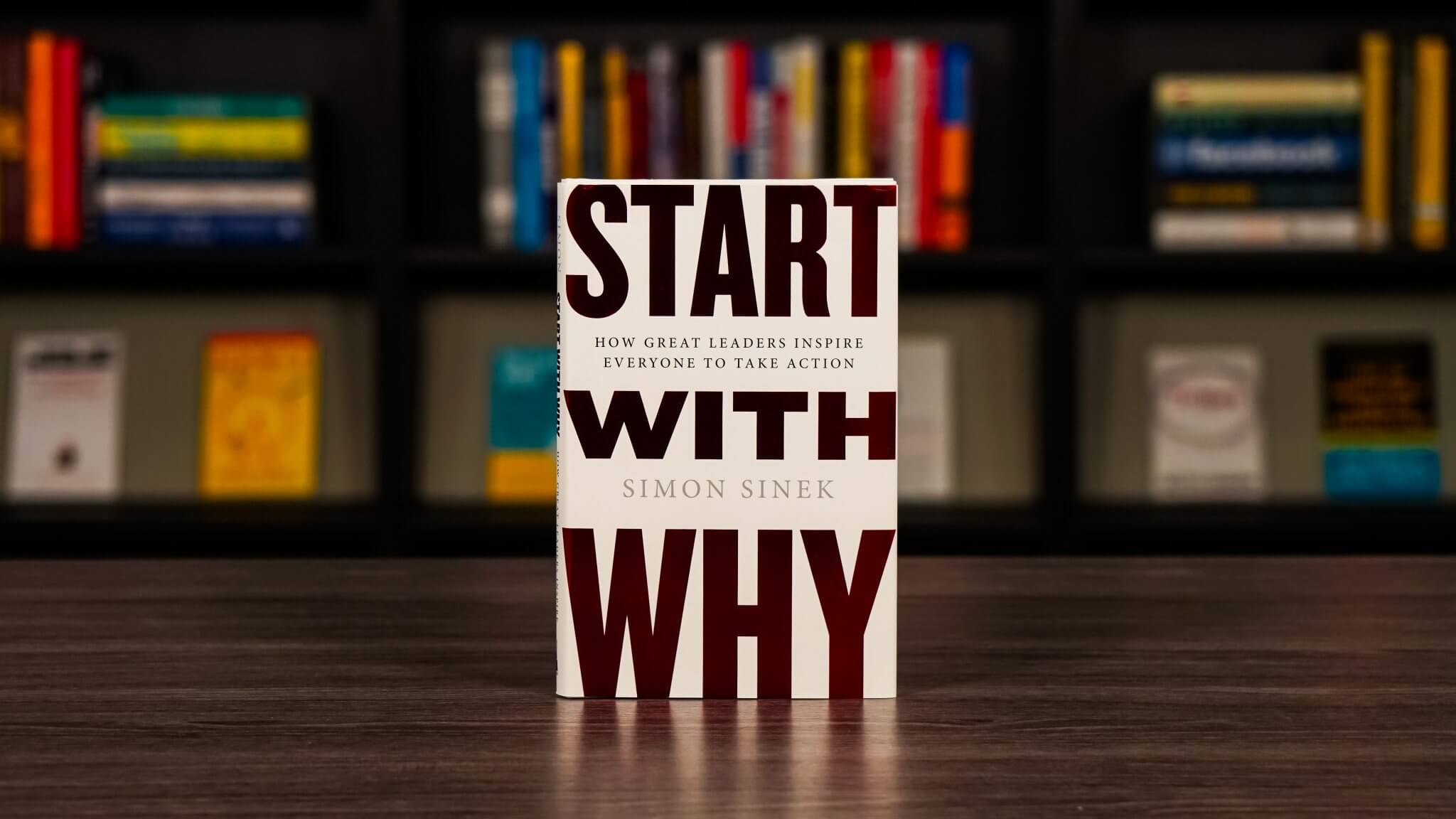
Leaders often rely on subtle manipulations to get people to take action. For example, they might provide special bonuses to motivate employees, or they might offer deep discounts to entice people to buy their products. In either case, this approach can quickly turn into an expectation, resulting in it becoming less effective over time.
Start With Why is about how to inspire action by sharing the deeper purpose behind your organization. This approach is a powerful way to unlock the passion, persistence, and creativity of your team. And, by sharing the same message with like-minded customers, you can transform them into loyal brand advocates.
2. The Dichotomy Of Leadership by Jocko Willink & Leif Babin
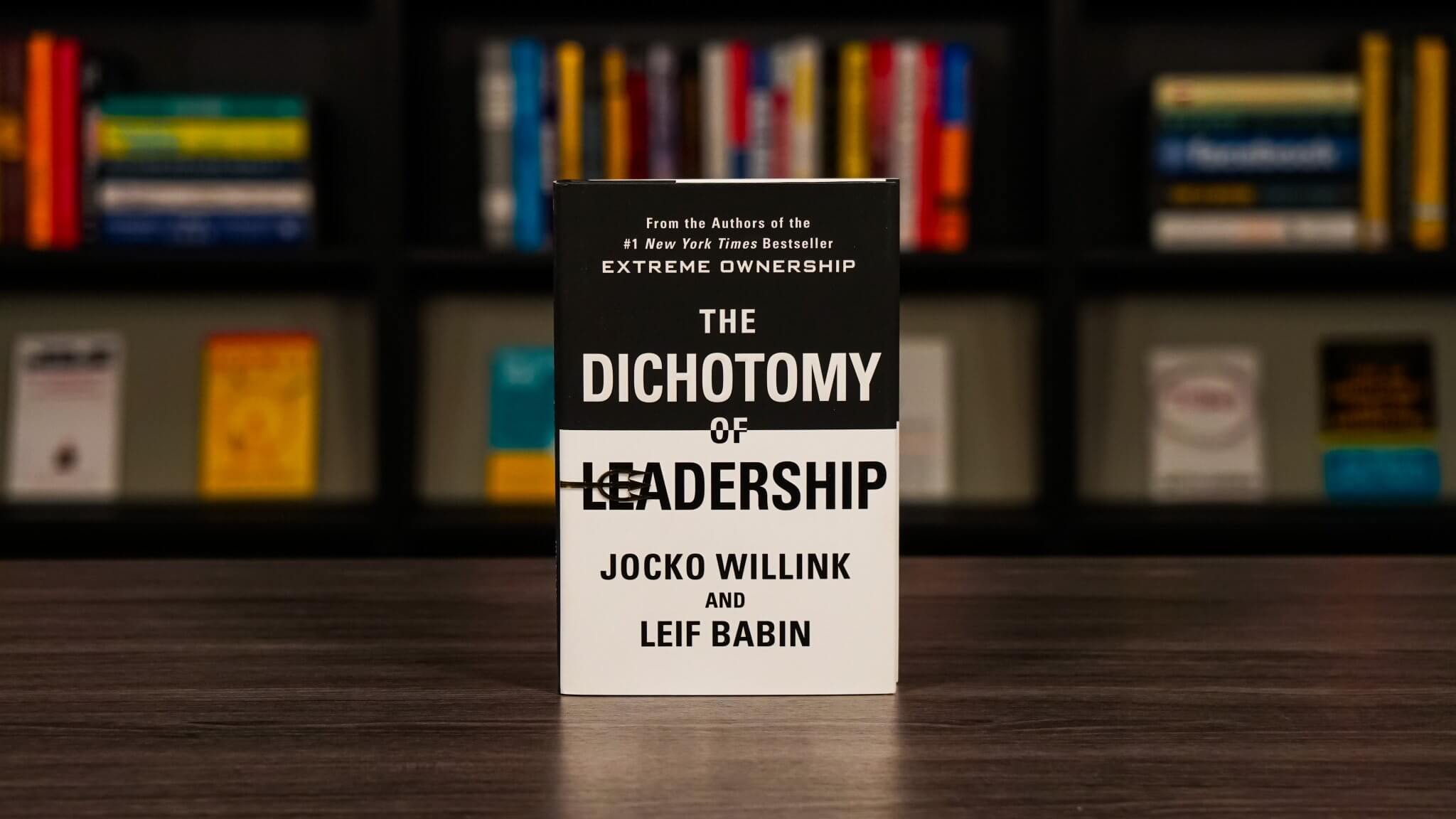
Leadership often involves striking a balance between two extremes. Some examples include confidence vs. humility, working hard vs. working smart, discipline vs. creativity, and in some cases leading vs. following. So, it can be challenging to identify the best course of action when either option has its pros and cons.
The Dichotomy Of Leadership is about how to strike the right balance in difficult situations. It covers 12 principles divided into three categories: balancing your people, balancing the mission, and balancing yourself. Plus, it provides practical examples of how each principle can be applied in the real world.
3. Leaders Eat Last by Simon Sinek
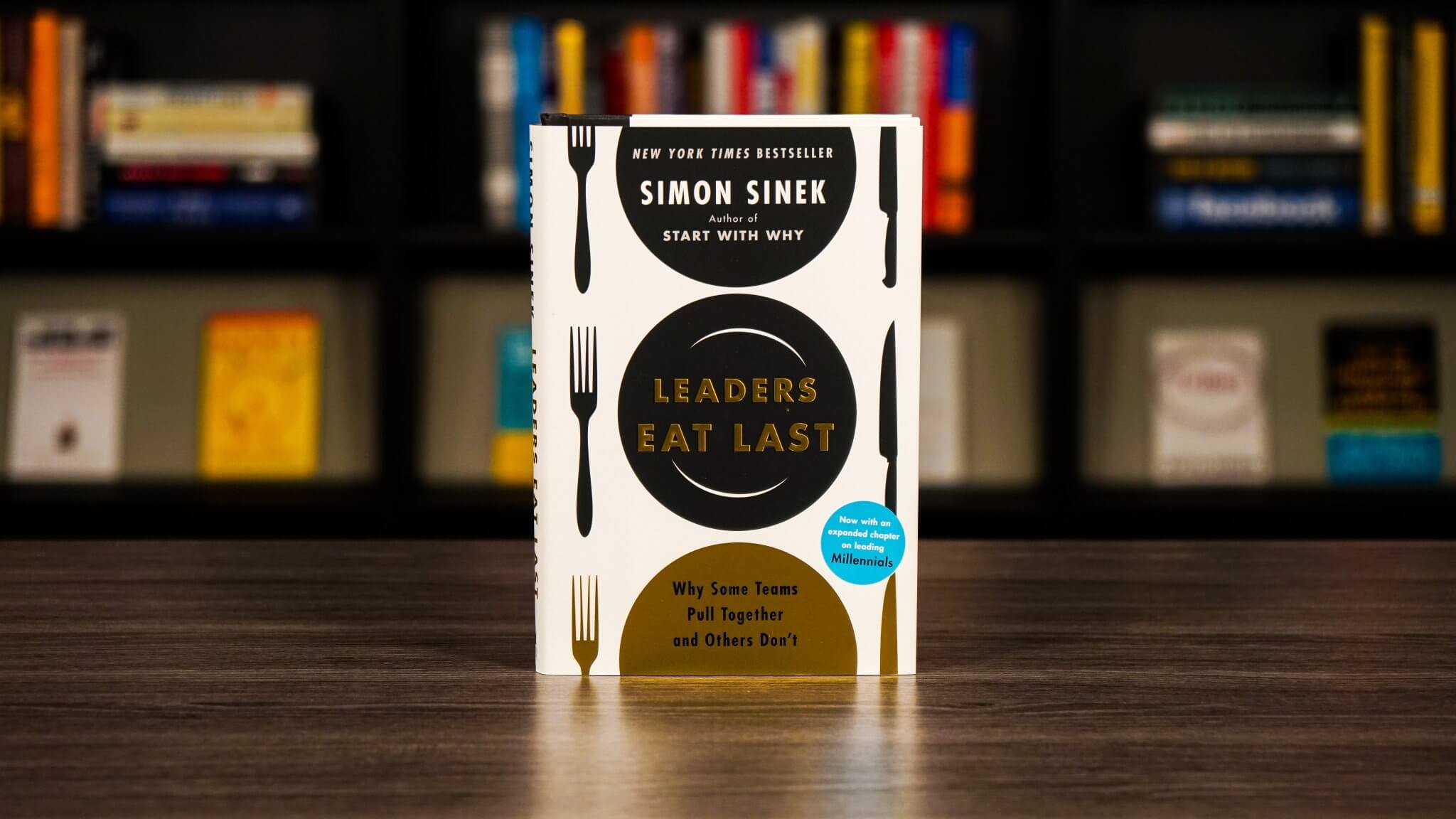
There are two kinds of threats or dangers that people face when working within an organization. First, there are outside dangers, including direct competition, alternative solutions, and market conditions. Then, there are inside dangers, including things like personal conflict, intimidation, or even humiliation.
Leaders Eat Last is about how great leaders build a strong culture by establishing a circle of safety within their organization. The goal is to minimize internal dangers so that individuals and teams can direct more of their energy toward external dangers. When done right, the organization is both more united and more effective.
4. Measure What Matters by John Doerr
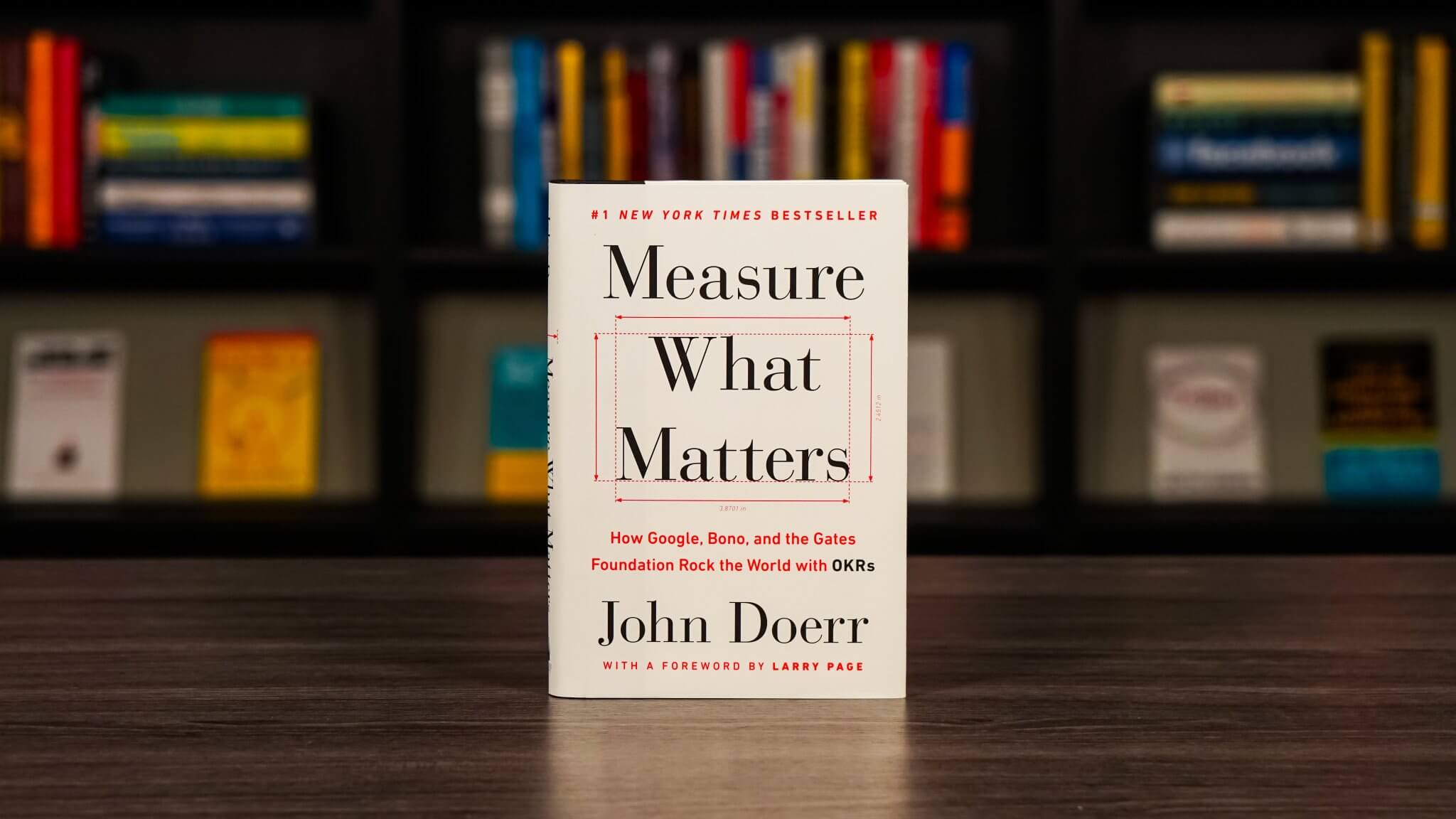
As an organization grows, it can become challenging for leaders to establish and communicate strategic goals. Unfortunately, increased size often leads to increased bureaucracy. As a result, progress can slow to a crawl as teams struggle to identify and act on the most important tasks or opportunities.
Measure What Matters are about how to use “Objectives and Key Results,” or OKRs, to set and communicate goals more effectively. It’s a proven approach used by Google, Slack, Disney, Spotify, and others. It can help your organization become more effective by boosting transparency, accountability, and collaboration.
5. The Infinite Game by Simon Sinek

Some leaders approach business as if it’s a finite game that can be definitively won or lost. They identify other brands as their adversaries, select common metrics on which to compete, and then set out to “beat the competition.” But of course, unlike a game of baseball or football, competition in business does not have a set beginning or end.
The Infinite Game is about how to build a stronger business by focusing on the big picture. It explains that leaders who maintain an infinite mindset are less prone to aiming for short-term wins that can weaken their organization. Instead, they’re more likely to make long-term decisions that strengthen their position over time.
SIGNING OFF - MANNY!!
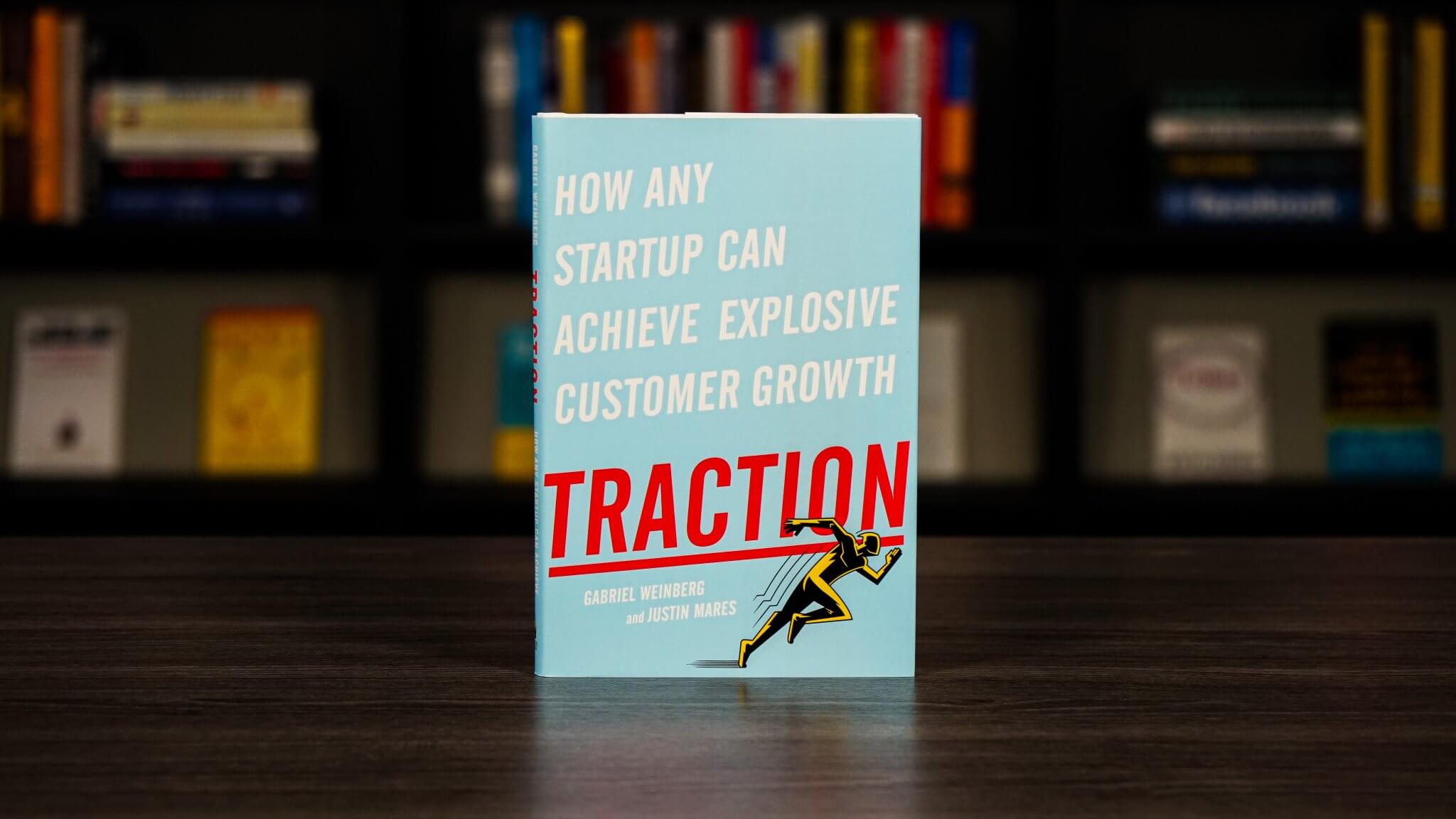

No comments:
Post a Comment